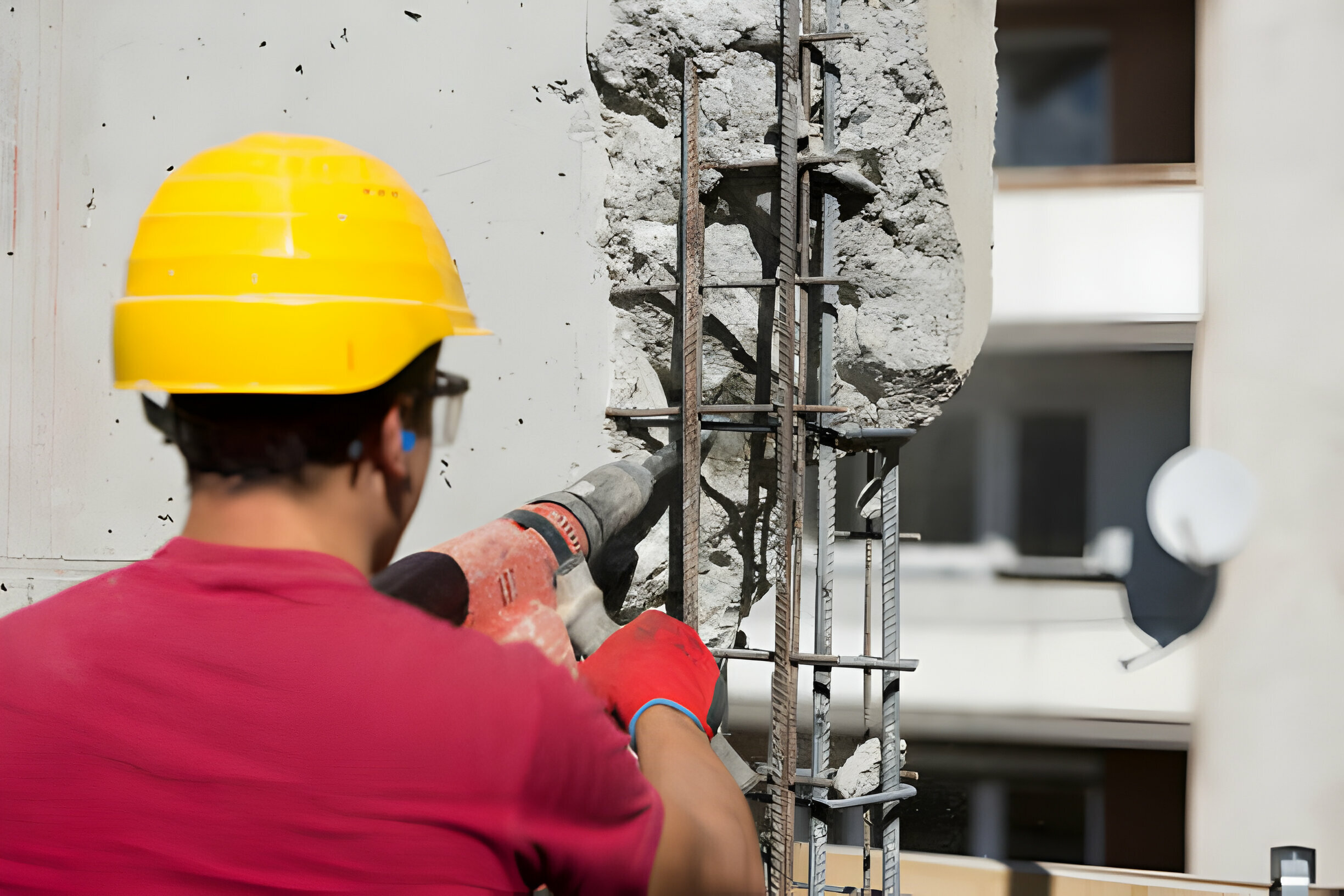
Can Foundation Repairs Be Done in Any Weather?
When it comes to foundation repairs, the impact of weather conditions cannot be overlooked. The question of whether foundation repairs can be carried out in any weather is a pertinent one that requires careful consideration. Factors such as temperature, precipitation, and humidity play crucial roles in the success and durability of repair work.
Understanding the challenges associated with repairing foundations in various weather conditions is essential for ensuring the effectiveness and longevity of the repairs. By exploring these considerations, one can gain valuable insights into the complexities of this crucial aspect of construction and maintenance.
Weather Considerations for Foundation Repairs
When planning foundation repairs, it is essential to consider the impact of weather conditions on the process and outcome. Weather plays a crucial role in determining the success of foundation repair projects. Extreme temperatures, heavy rainfall, or drought conditions can all affect the stability of the soil, which directly impacts the foundation.
During hot and dry weather, the soil can shrink and pull away from the foundation, causing it to settle or crack. On the other hand, excessive moisture from heavy rains can oversaturate the soil, leading to erosion and shifting of the foundation. Freezing temperatures can also pose a threat as the soil expands when frozen, exerting pressure on the foundation walls.
To mitigate these risks, it is important to schedule foundation repairs during milder weather conditions when the soil is stable. Monitoring weather forecasts and consulting with experts can help in planning the repairs effectively. Additionally, certain repair methods may require specific weather conditions for optimal results, making it crucial to consider weather factors in the overall repair strategy.
Challenges of Repairing Foundations in Various Weather Conditions
Repairing foundations in different weather conditions presents unique challenges that require careful consideration and expertise. In hot and dry weather, the soil around the foundation can shrink and cause settlement issues. This can lead to cracks in the foundation and structural instability. To address this, professionals may need to use techniques such as deep watering the soil around the foundation to prevent excessive drying and settlement.
On the other hand, in cold weather, the ground can freeze, causing it to expand and exert pressure on the foundation. This can result in heaving and potential damage to the foundation walls. Repairing foundations in such conditions may involve installing proper insulation to prevent frost penetration and using specialized equipment to work effectively in cold temperatures.
In rainy weather, excessive moisture can saturate the soil, leading to swelling and instability in the foundation. This can result in issues such as bowing walls or even foundation collapse. Professionals may need to implement drainage solutions and waterproofing techniques to mitigate the effects of rain on the foundation. Overall, adapting repair methods to different weather conditions is crucial in ensuring the long-term stability and integrity of the foundation.